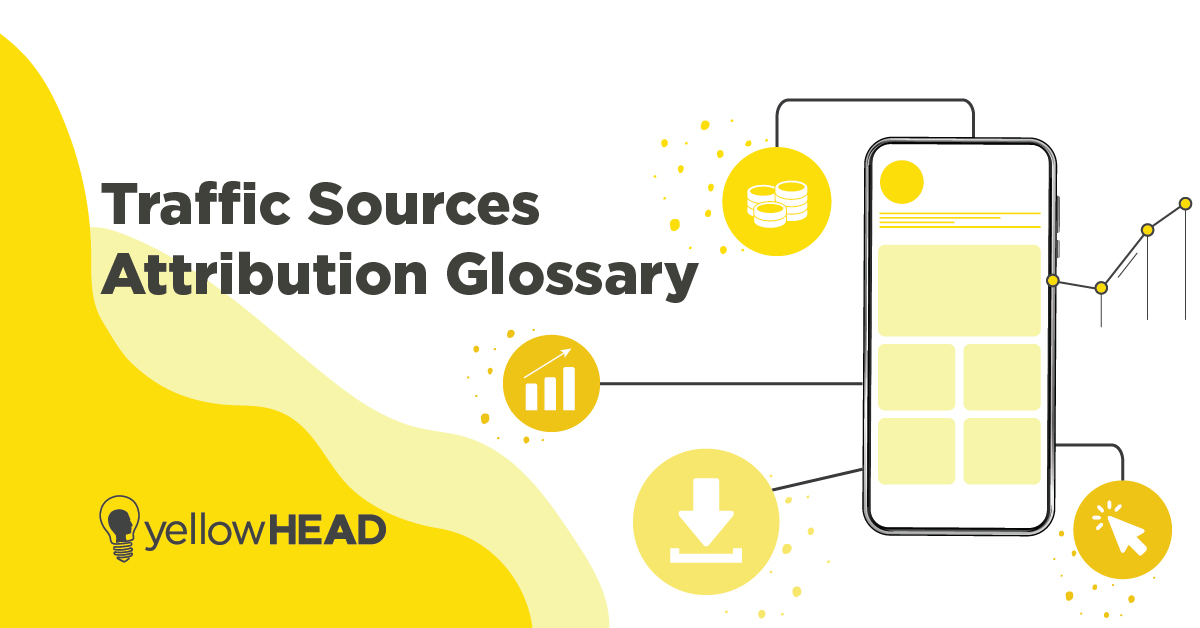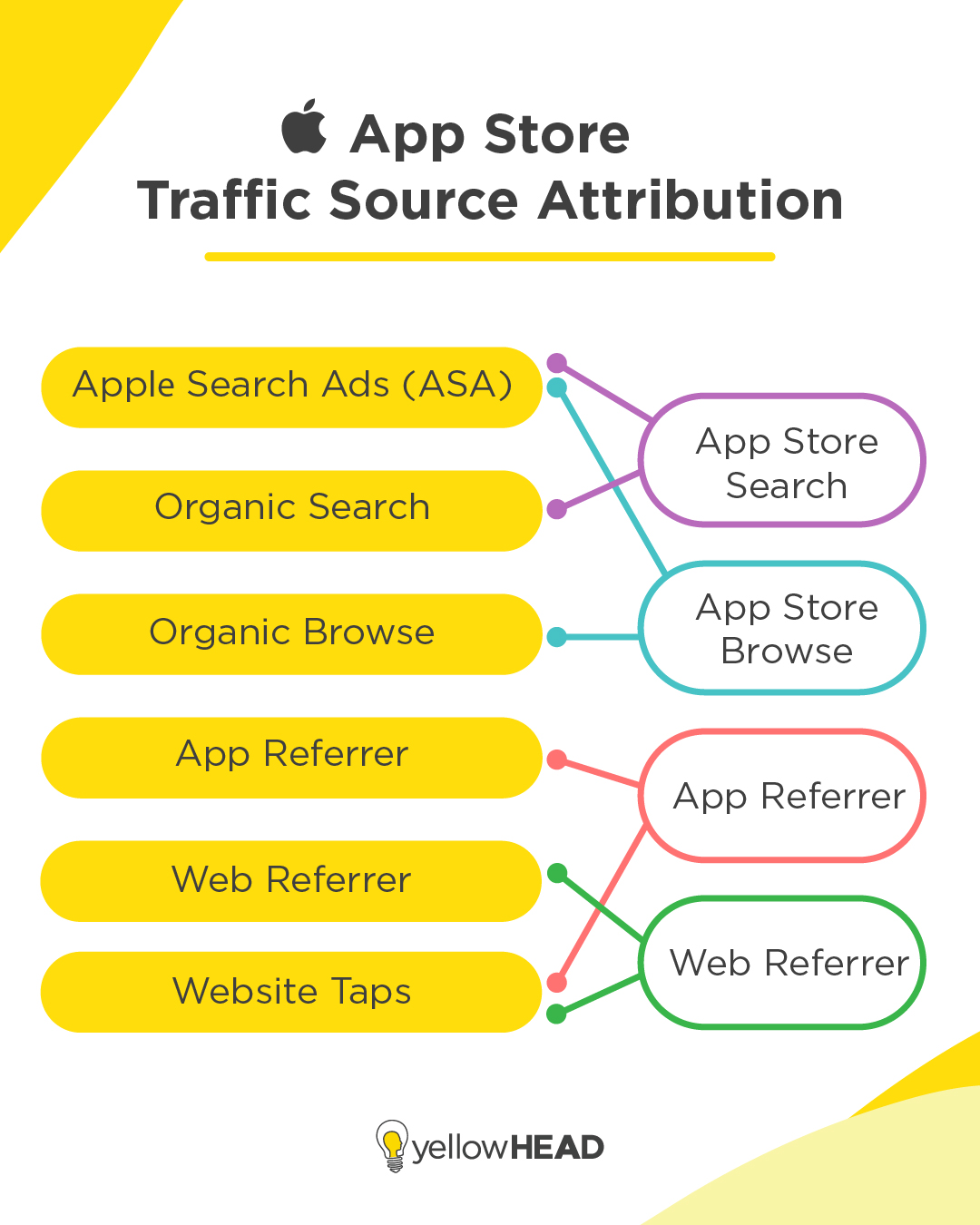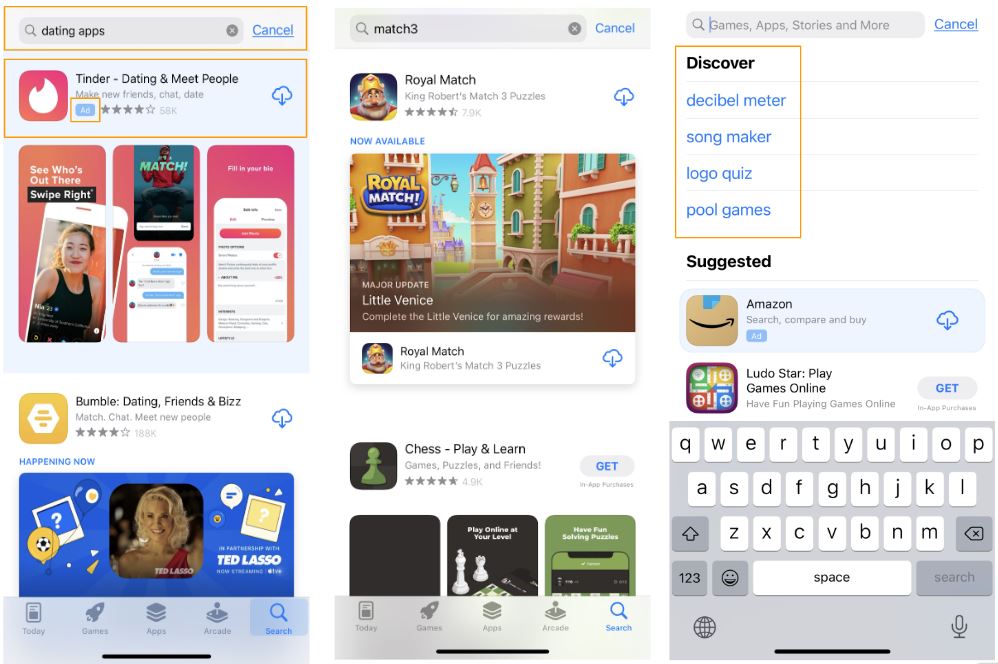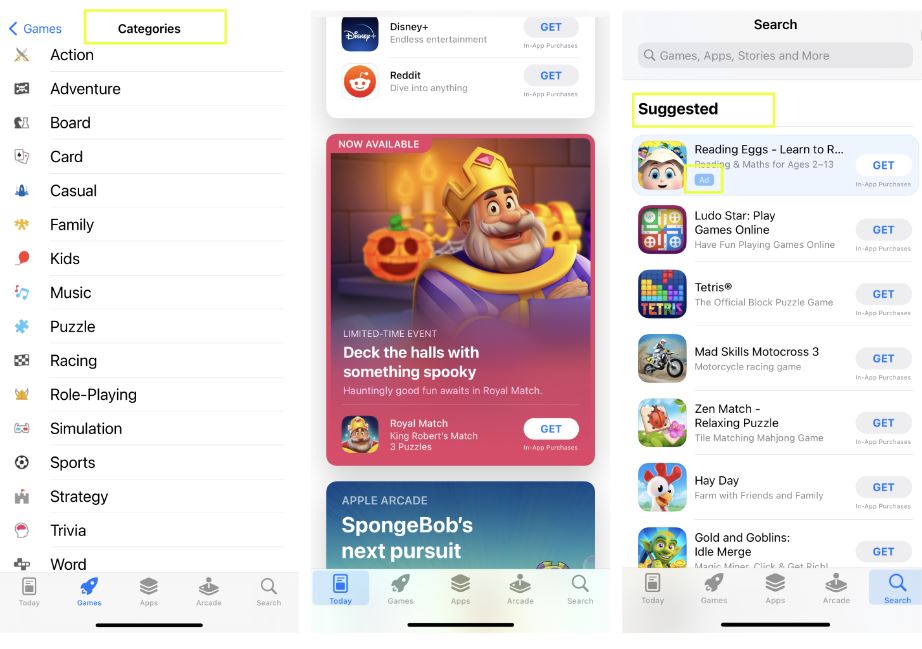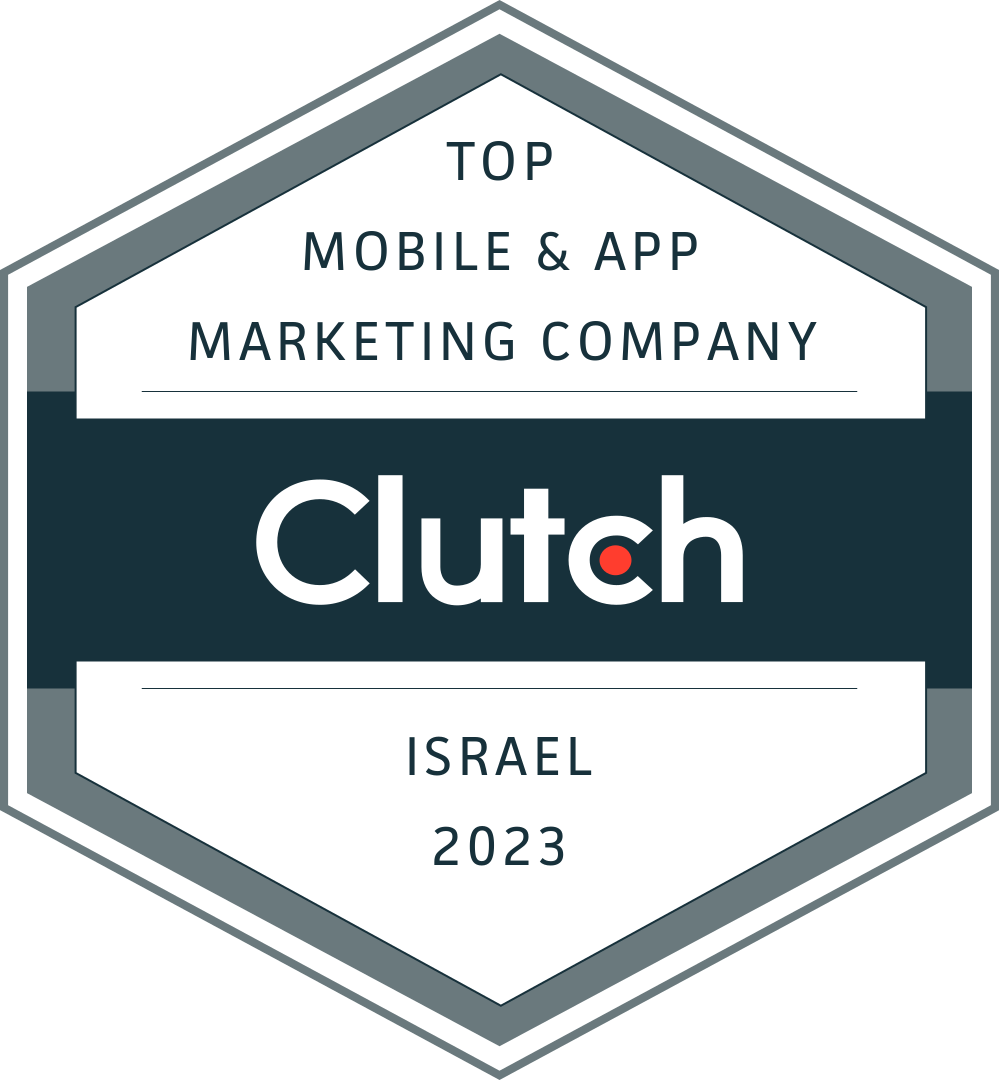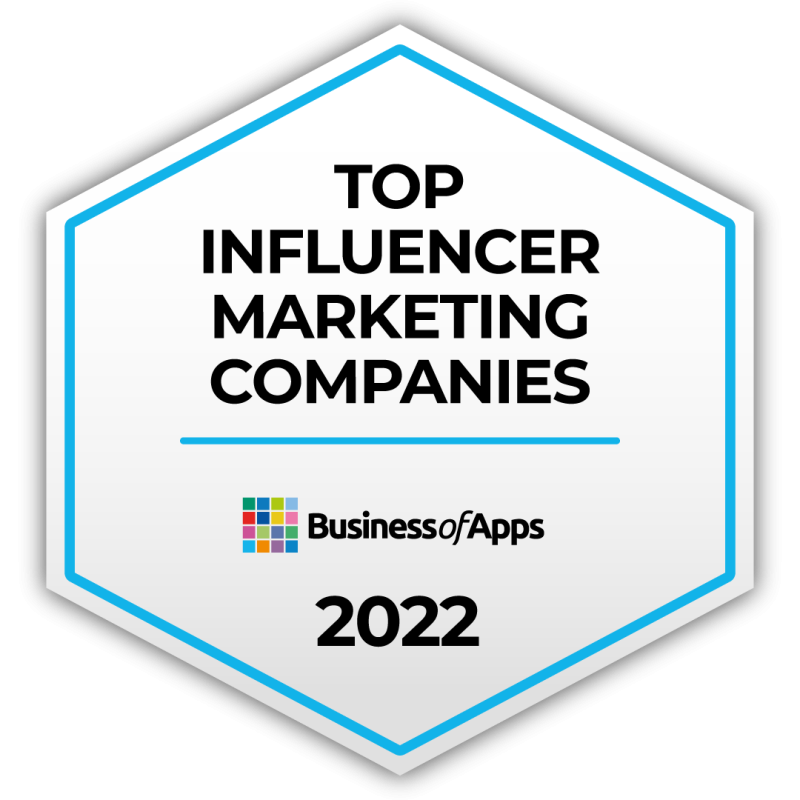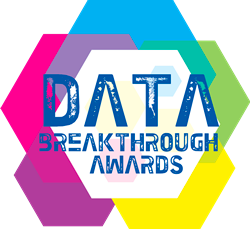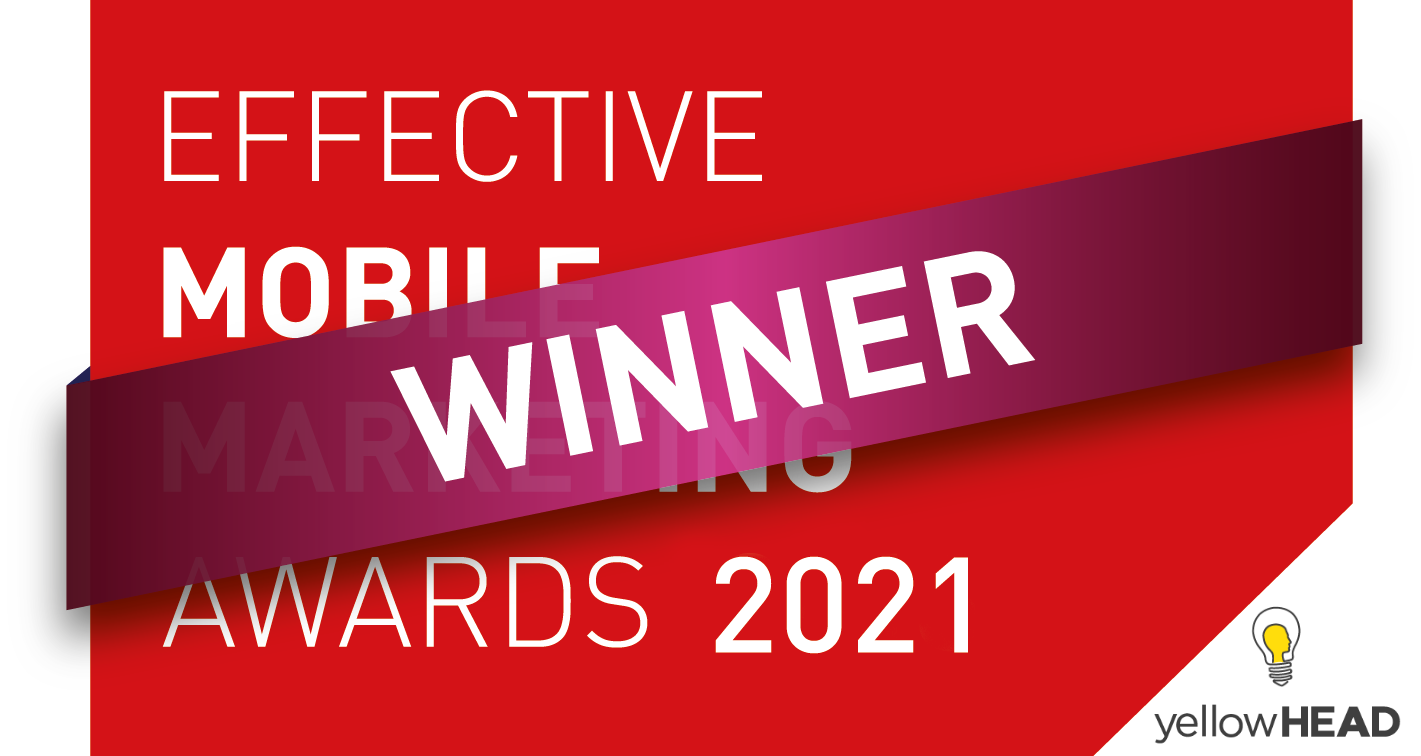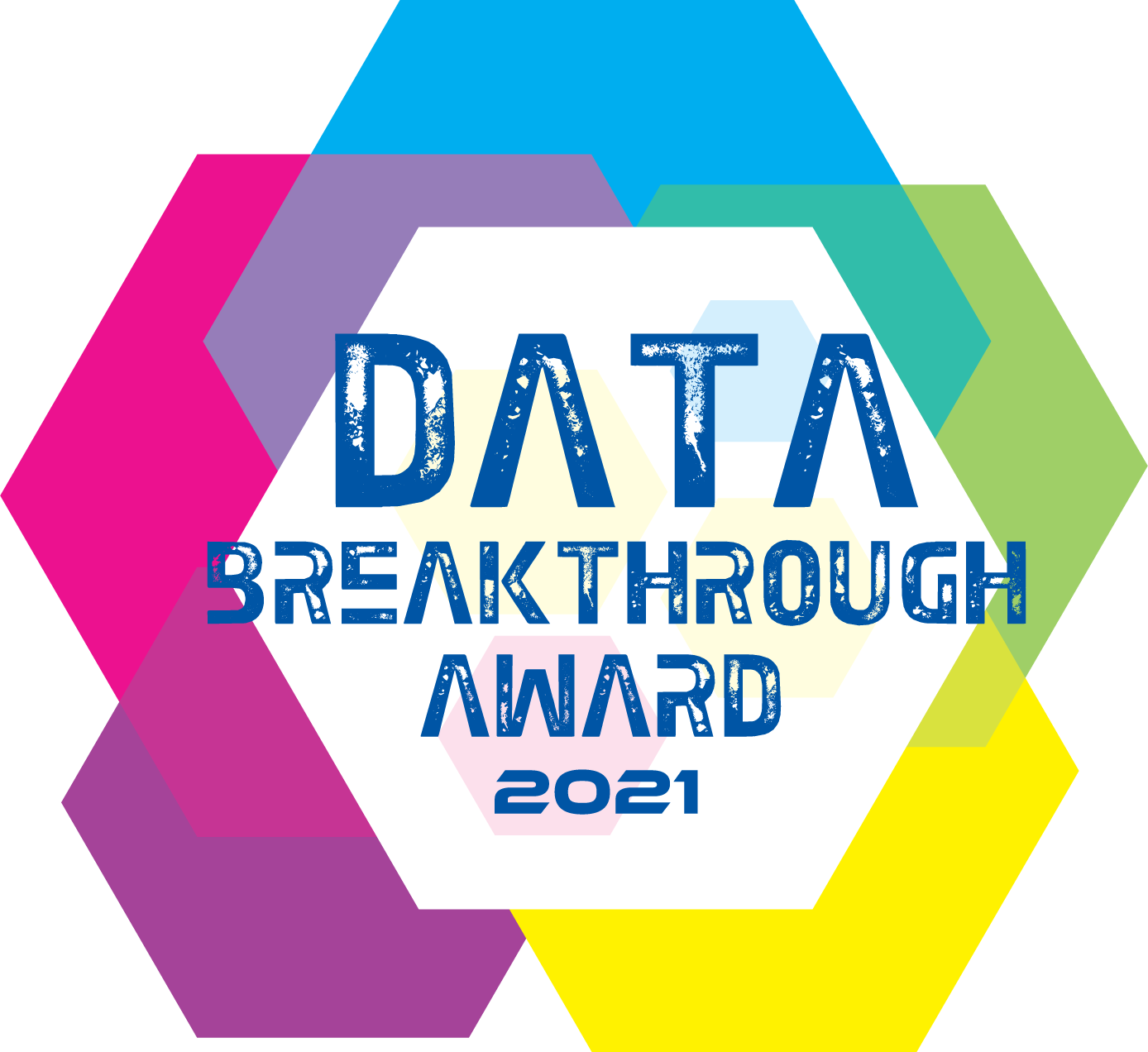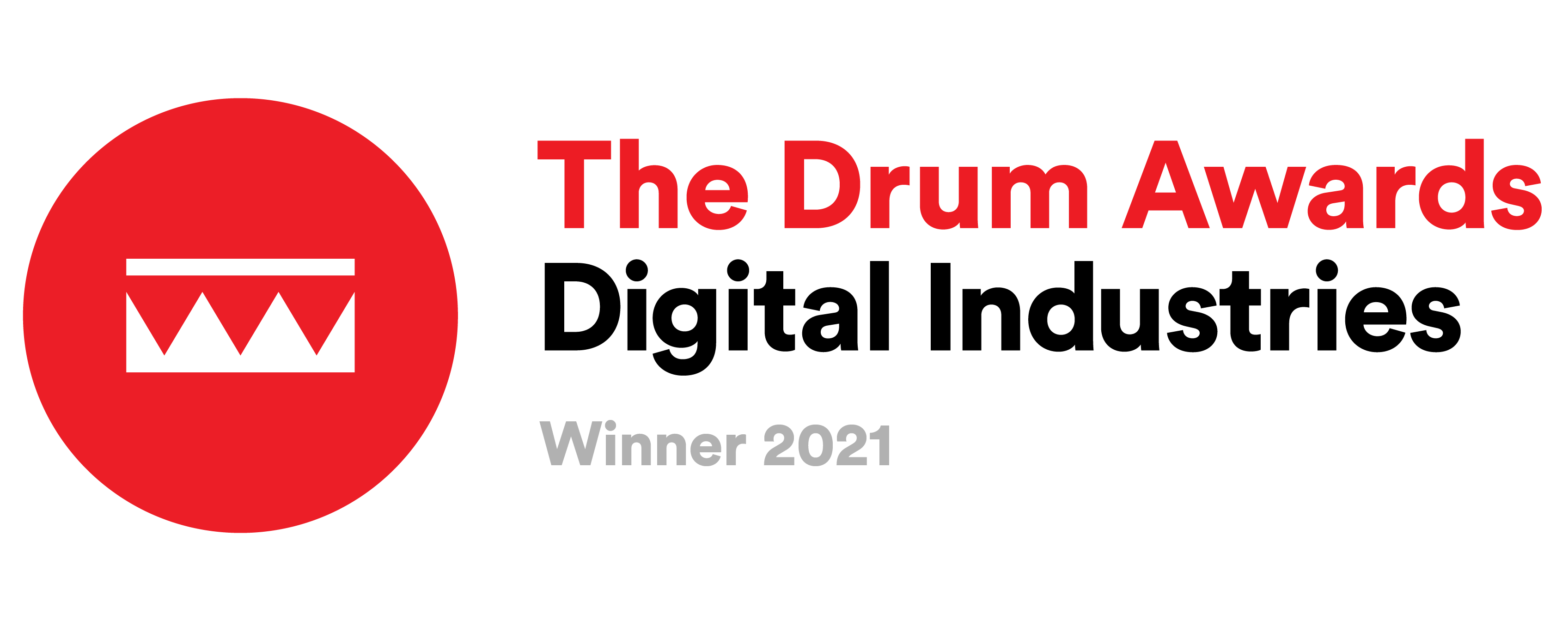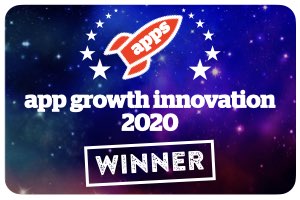Traffic Sources Attribution Guide for Google Play & Apple App Store
There is a lot of confusion when it comes to differentiating between various traffic sources. This makes sense, as the Google and Apple platforms continuously evolve and change how they attribute traffic. For example, did you know that iOS “Search” traffic is not entirely organic?
When analyzing your app’s behavior, this is something you should take into consideration before making any crucial decisions.
Let’s start from the beginning. As business owners, we strive to constantly promote our app and make it convincing to our target audience. This is all great, but why are we doing it? Conversions, obviously.
Fellow Head of ASO, Simon Thillay from AppTweak, made us question: when we analyze our traffic more deeply, do we really know the difference between all traffic sources and what is included in each of them? The answer is – not always. It is important to know how our efforts (paid or organic) have impacted the results.
For example, it is possible that you are seeing an increase in search traffic due to your paid campaigns in each store. To be more specific, for iOS, Apple Search Ads data is also included in the “Search” traffic source, which can be challenging to analyze.
In this article, we’re going to review the different traffic sources of Google Play and iOS. You will learn what traffic is attributed to each one of the sources (including real examples from the stores)!
Android Traffic Sources – Understanding Google Play
Google Play divides all traffic coming to the app into 3 different sources, which can be viewed and analyzed in the Google Play developer console – Ads and referrals, Google Play explore, and Google Play search:
Here is some visual representation of your traffic coming from the different channels:
1. Google Play Search – In February 2023, Google made changes to how they attribute traffic to the different sources and created a new way for dividing the data – mainly for the Search and Explore sources. In the past, Search referred to any traffic coming from users who actively searched for a specific keyword, while explore referred to traffic coming from the different tabs in the store – the Games & Apps tabs, similar apps, categories and so on.
After the change, and listen carefully now, Search refers to Branded searches only, meaning – users who visited your store listing by performing a search on Google play for your app’s name or closely associated brand.
2. Google Play Explore now contains all generic/category searches as well, meaning – users who discovered your app from browsing Google Play, without searching for it by name. This includes users who discovered your app on home pages, suggestions and top charts, or by searching for a category of apps. For example, “racing game”, “match 3 games” and so on.
To view the keywords attributed to each source, branded (Search) or generic (Explore), log in to the Google Play Console and navigate to the “Listing conversion analysis” tab under “Store performance.” Then select the “Search term” view. You can now add a traffic source filter—Google Play Explore or Google Play Search—to analyze the two keyword groups separately. Scroll down to the table to view the breakdown of your keywords.
3. Third-party referrals – The number of users who visited your store listing from outside Google Play and then installed your app. Every user who came with a link, directly to the product page. For example, UA Campaigns, social media, or links from your website (SEO).
Note: The Play Console does not provide reporting for Google Ad impressions or conversions. To track the performance of your Google Ads campaigns use your Google ads account.
What traffic can be attributed to Google Play Search?
- Organic store search (including auto-completes)
- Promotional content that appears in search results
What traffic is attributed to Google Play Explore?
- Organic store explore
- Organic generic store search
- Promotional content
No matter how a user starts their session, if they come from other Google Play pages, traffic will be attributed to Google Play Explore.
Examples:
- Games & Apps tabs (each tab has a secondary menu from which you can reach apps – For you, Top charts, Events, New, Categories, Editors’ choice)
- Reach apps through the ‘Offers’ tab
- Through Similar apps (in other apps). Even when searching for a KW, it will be considered as “Explore”
- “Related to this app”, in other app pages (ads)
- “Suggested for you” – in the “For you” tab (ads)
- Promotional content can appear on – the “Games“ tab – home page, “For you” section (Top Events for you)
What traffic is attributed to Third-party referrals?
- Third-party referrers
- UA Campaigns
- Social media
- Links from your website
- Tracked channels (UTM)
- The value of the utm_source / utm_campaign URL parameter in deep links to your store listing
- Google search (web)
- Google Ads (UAC) in search results – As of November 2022, all visits from Google Ads are attributed to the Ads and referrals traffic source. Before this, visits from ads were reported based on where the ad was shown.
All users who come directly to your listing from outside the Play Store, are attributed to Third-party referrals
iOS Traffic Sources – Understanding the App Store
Apple divides all traffic coming to the app into 6 different sources, which can be viewed and analyzed in the App Store Connect – App store search, App referrer, Web referrer, App Store browse, Unavailable, and Institutional purchase:
- App Store Search – refers to users that viewed or downloaded the app from App Store Search, which includes Search Ads. This means that every search in the store that includes a keyword will be counted as “Search,” even if the user clicks on a paid ASA result.
- App Store Browse – refers to users who viewed the app or tapped download while browsing in the App Store, eg. in the “Apps”, “Today”, or “Games” sections. This includes ASA paid placements in the Browse tabs.
- App Referrer – Users who tapped on a link in another app that brought them to the product page in the App Store
- Web Referrer – users who tapped on a link from a website that brought them to the App Store product page
- App Clip – users who tapped on a link in your App Clip that brought them to your App Store product page
- Institutional purchases – users who downloaded your app from Apple business manager or Apple school manager
- Unavailable – if users downloaded your app before App Analytics started tracking source attribution on April 15, 2017. Or – if a user downloaded your app using an App Store gift card or promotional code
What traffic is attributed to App Store Search?
- Organic store search
- including suggested keywords in the “Discover” section (underneath the search bar)
- Apple search ads (ASA) in search results
- In-app events that appear in search results
Since Apple Search Ads traffic is included in the App Store Search channel, analyzing the impact of organic versus paid efforts can be difficult, and in some cases, impossible. To differentiate between them and better assess the success of your efforts, we recommend using your data analysis platform to make this distinction. For example, with Looker Studio, this division can be created easily, helping you monitor and achieve your KPIs.
To learn more about our ASO-ASA dashboard, Book a demo now.
What traffic is attributed to App Store Browse?
- Organic store browse
- Apple search ads (ASA) – Today tab, product pages, search tab
- InApp Events
Examples:
- Today, Games, Apps, Arcade tabs
- Suggested (underneath the search bar – in the Search tab)
- The first result under ‘Suggested’ is a Search ad from ASA
- On the “Today” tab, and the first result under “You might also like” in other apps, at the bottom of the product page
- In-app events can appear on – the “Today“ tab, and also as a personalized section in the different tabs as “Events you might like”
What traffic is attributed to App Referrer?
- A link to the app’s product page in another app (not including Safari)
- Taps from websites in non-Safari web browsers (like chrome) are attributed to App referrer
That means that most of your traffic coming from paid efforts will be considered as “App referrer”
What traffic is attributed to Web Referrer (Safari)?
- A link to the app’s product page on a website from Safari only
- If there are multiple redirects from a Safari lead to the app product page, then the last URL in the chain will be the referring website
- Safari web search
What traffic is attributed to App Clip?
- A link in your App Clip that brought the users to the app store product page
- The resulting download is attributed to your App Clip as the source
What traffic is attributed to Institutional Purchases?
- Apple business manager
- Apple school manager
What traffic is attributed to “Unavailable”?
- An App Store gift card
- A Promotional code
- Users who downloaded the app before App Analytics started tracking source attribution on April 15, 2017
Final Thoughts
Keep in mind that when you’re reporting on your app, always take a look at the bigger picture! Now that we understand the different traffic source attributions, we can use the Analytics reports in the consoles to better understand the trend of our traffic and installs.
Contact yellowHEAD to see how our app store optimization team can help optimize and analyze your store listing!




